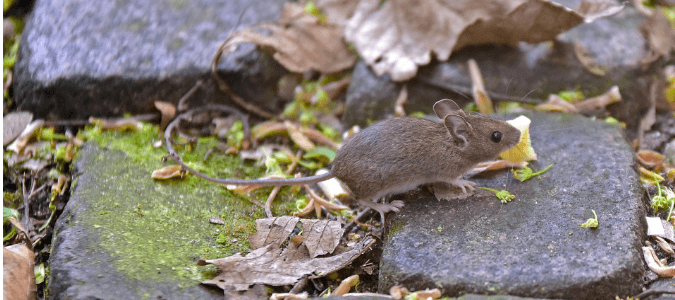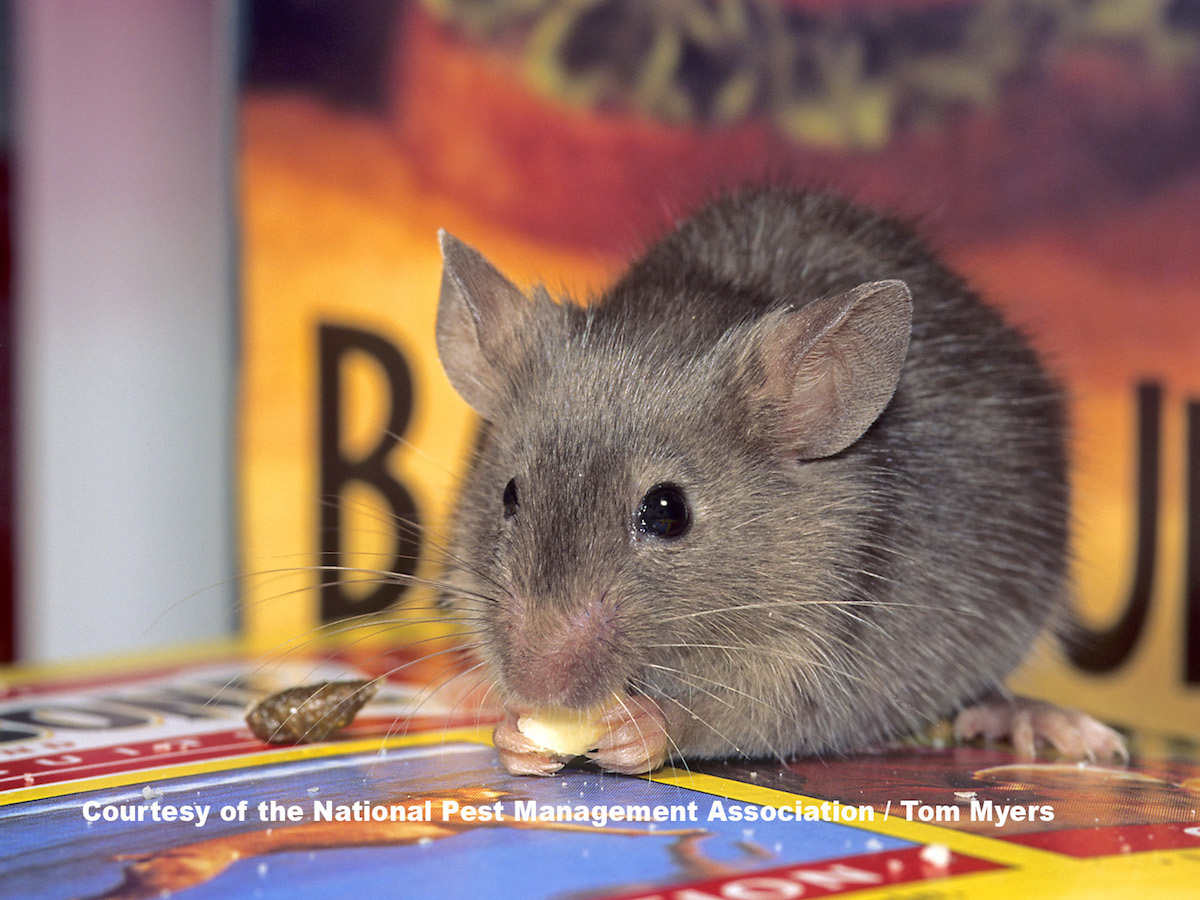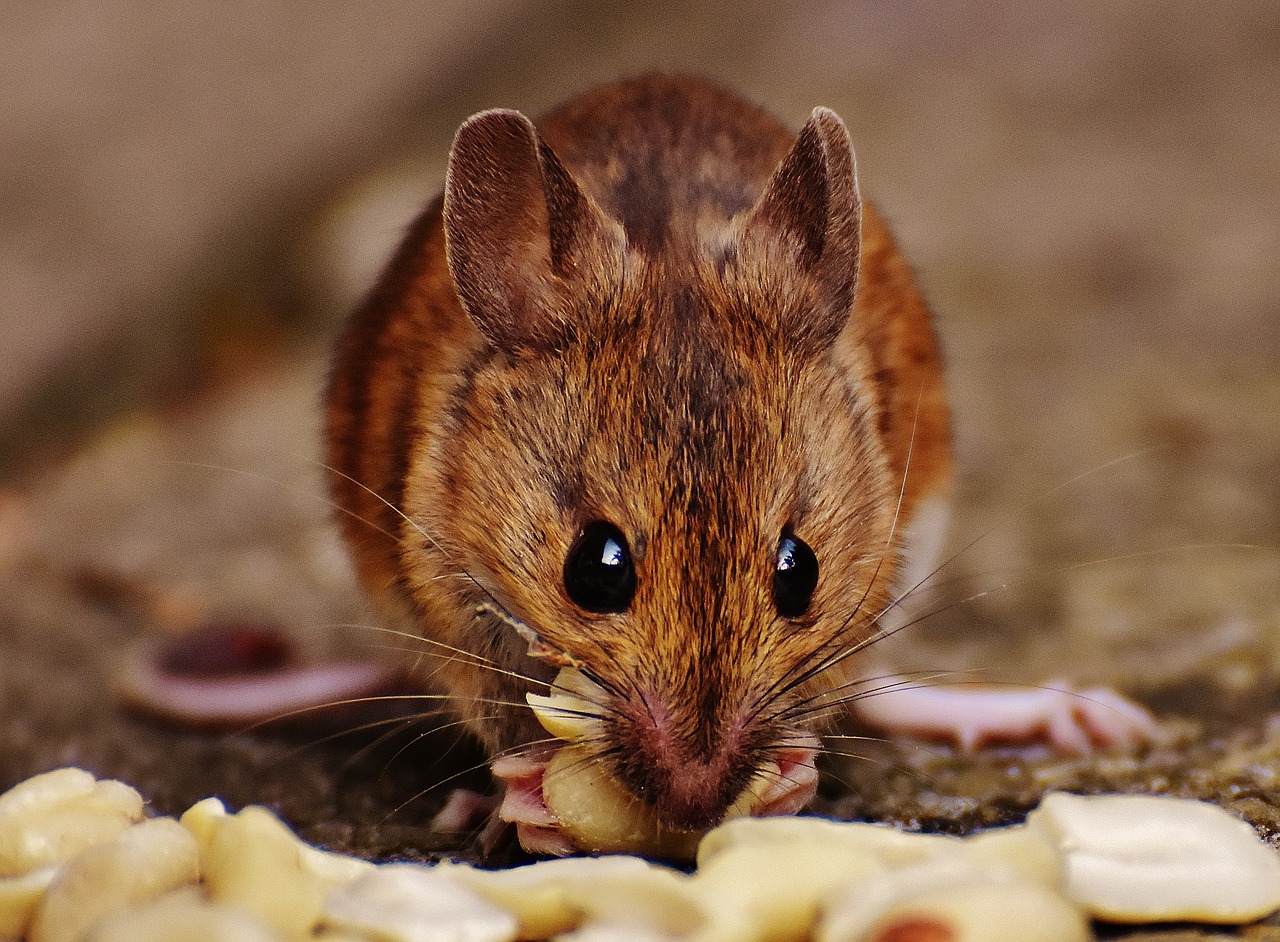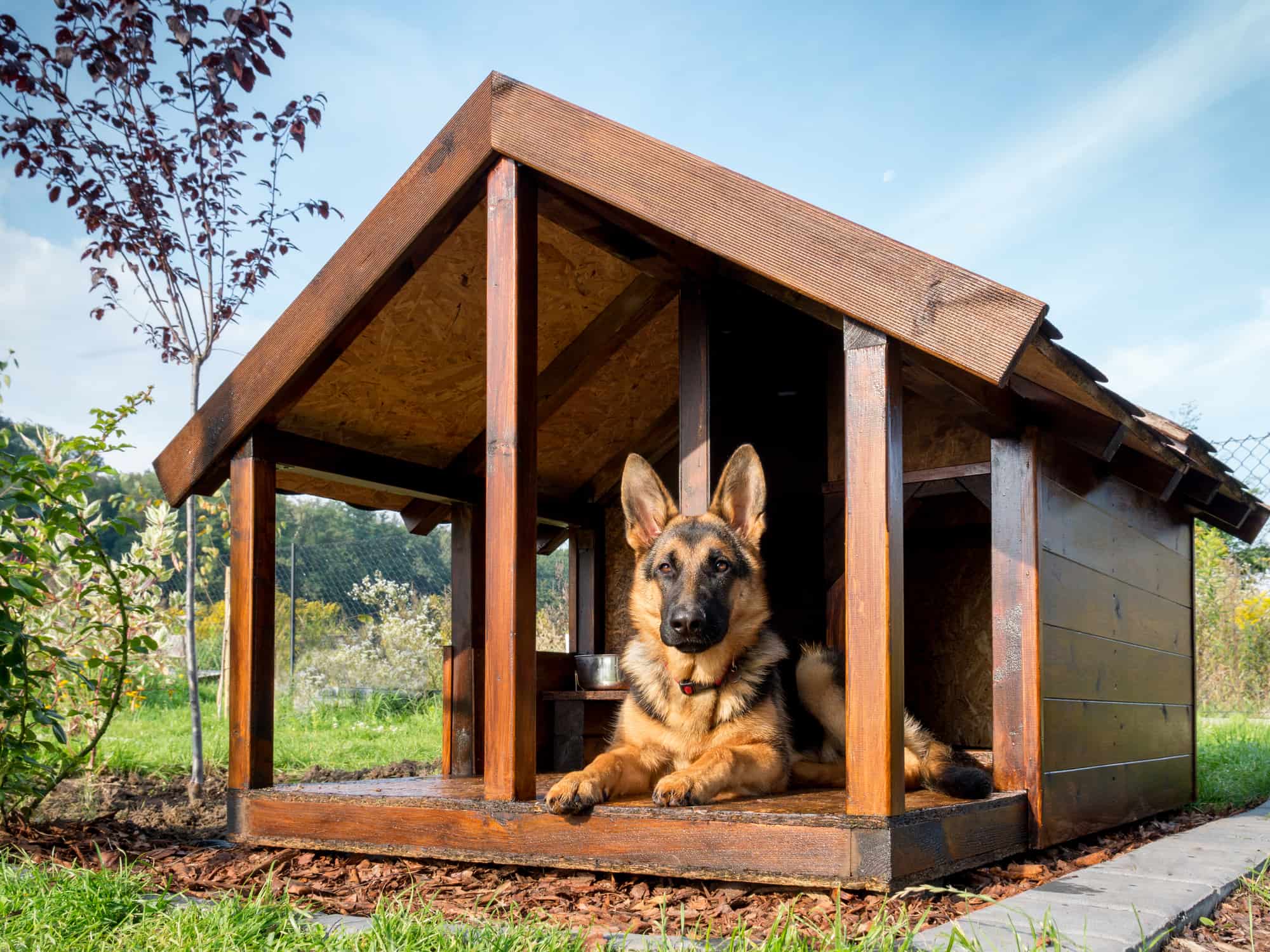Table Of Content

It’s still full of food and water and provides excellent shelter. In other words, mice come into your house in summer for the same reason they do in winter- living conditions inside your house are better than they are outside your house. When all the mice are gone, you’ll stop seeing signs of a mouse infestation. Where house mice are abundant they can consume huge quantities of grains, making these foods unavailable to other (perhaps native) animals. House mice are also important prey items for many small predators.
What is the average lifespan of a pet mouse?
Gestation is days but may be extended by several days if the female is lactating. Litters consist of 3-12 (generally 5 or 6) offspring, which are born naked and blind. They are fully furred after 10 days, open their eyes at 14 days, are weaned at 3 weeks, and reach sexual maturity at 5-7 weeks. Average life span is about 2 years in captivity, but individuals have lived for as long as 6 years. In the wild, the average lifespan of mice is often just short of a year.
House Mice Serenade Mates with 'Bird' Song - Livescience.com
House Mice Serenade Mates with 'Bird' Song.
Posted: Sun, 29 Jan 2012 08:00:00 GMT [source]
How Do Different Environments Affect the Lifespan of Mice?
Resource availability, predation, and exposure to rodenticides can all cut a mouse’s lifespan short but there are some things that can lead to a mouse living an extended life. House mice usually live in proximity to humans, in or around houses or fields. It was carried aboard on the ships of Spanish explorers and Conquistadors. About one hundred years later, it arrived in North America with French fur traders and English colonists. They have since been spread to all parts of the globe by humans. In the great outdoors, most house mice fall victim to predators.
Exact Answer: 12-18 Months

In fact, your attic is probably one of the most attractive spaces in the house to a mouse. If that’s the case, you’ll likely see the mouse during the day in heavily trafficked areas of your home. More often than not, if you see a mouse, it’s just one of many.
Natural substances such as peppermint oil, mothballs, and ammonia and chemical sprays might work by giving off odors that mice don't like. You can put them near places where mice can enter your home. But remember that these substances -- even natural ones -- can be toxic for kids and pets. Barn owls, specifically, love to eat mice and are a great addition to rural properties.
Commonly Asked Questions and Facts About House Mice
They give birth to 5-6 young children or pups in a litter. One female could have numerous family descendants by the time she will die. The house mouse is known for its ability to reproduce very quickly. A single female is capable of producing up to eight litters per year with an average of six pups per litter. Laboratory mice live longer because they are protected from common diseases and predators, fed high-quality diets, and given plenty of water. Moreover, researchers maintain specific pathogen-free environments for these mice, contributing to their extended lifespans.
House mice tend to have longer tails and darker fur when living closely with humans. They range from 12 to 30 g in weight.Many domestic forms of mice have been developed that vary in color from white to black and with spots. If you have found any signs of mice—shredded paper or cloth, droppings, urine stains, and gnawed items—place the traps in those areas. You should also set a few traps in likely nesting areas or entry points for mice, such as the garage, as well as where food or water is available.
Types of Mice
Stucco, siding, and wood are also ideal for a mouse’s claws. Glass and smoothly painted walls are harder for a mouse to climb because there’s no place to grip. Mice are very unlikely to have rabies and are not known to pass rabies to humans. Mice have become an invasive species on islands to where they have spread during the period of European exploration and colonisation.
How does the lifespan of mice living indoors compare to those in the wild?
The standard species karyotype is composed of 40 chromosomes. Within Western Europe there are numerous populations – chromosomal races – with a reduced chromosome count arising from Robertsonian fusion. No websites give any information on getting rid of one in the house.
However, one mouse can lead to an infestation very quickly. You might only have one mouse now, but it likely won’t stay that way for long. In a well-maintained environment with regular care, pet mice are shielded from disease, predation, and harsh weather – factors that commonly reduce life expectancy in the wild. Also, having a steady and balanced diet boosts their health and longevity. Domestic settings greatly impact the lifespan of house mice by providing them with easy access to food and water and protecting them from predators.
Check them frequently, because mice can't live for very long in the small space of the trap. Make sure you have taken all the steps to prevent them from coming back in again. Also, if a mouse dies in your wall after eating the bait, it will start to decay and the smell will attract other pests. Deer mice are worrisome because they are the most common carrier of an infectious disease called hantavirus pulmonary syndrome, which can be life-threatening.
In contrast to the wild, the only threats that mice may find in a home include pets, people, disease, excess heat, and potential injury. Mice also spread several diseases to humans, including leptospirosis and Lyme disease. As a result, it’s important to get them out of your home as soon as possible. Males attract a mate by emitting ultrasonic songs that are inaudible to humans and using pheromones detectable only by other mice. Mice can endure months without water, obtaining the hydration they require from their food, or from the condensation on sink pipes. Reproduction slows during winter due to decreased temperatures.
Of all the aforementioned abilities, the most outstanding is undoubtedly the ability of mice to reproduce. These small rodents reach sexual maturity at six to seven weeks of age. After getting pregnant, the female will remain gestating the young for between 19 and 21 days, although it may happen that the gestation extends up to 28 days. The female mouse is one of the most productive mammalian species on the planet today due to its extraordinary flexibility to practically any habitat.
They’ll also hide underneath your kitchen appliances (fridge, stove, dishwasher, etc). Even a drawer or cabinet you don’t open very often can hide mice. Essentially, any place in your home that’s dark and that you don’t or can’t access frequently is a prime hiding spot. In most places, though, once the mice are in your house, they’re there to stay until you forcibly remove them.
Due to them being one of the smaller rodents, they are often considered prey for many animals. Birds, cats, and even dogs make life difficult for wild mice. For pet mice, their small stature isn’t truly an issue as their well-being becomes the responsibility of their owner.











